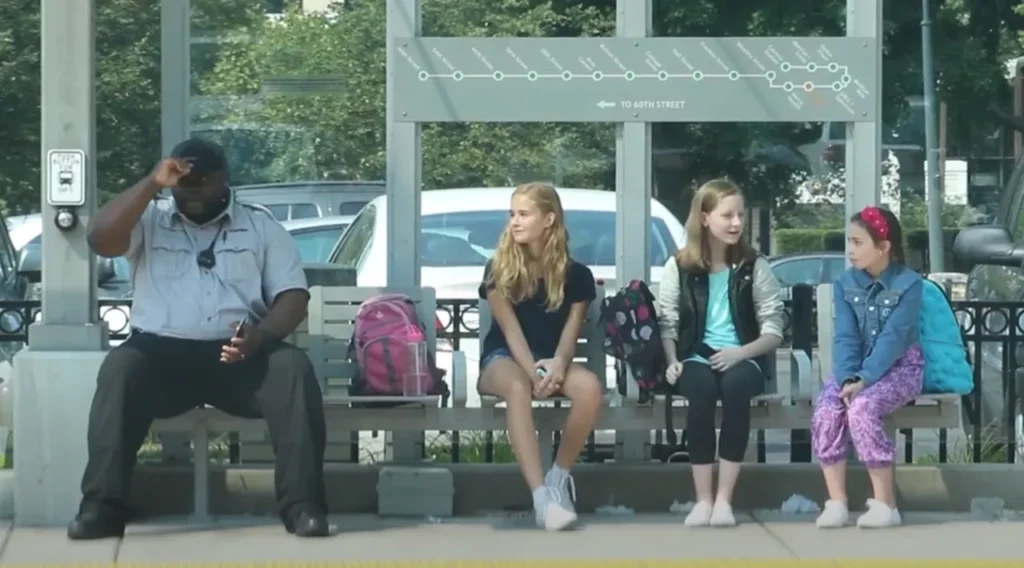Bullying is a serious problem that affects countless teens every day, having lasting effects on their self-esteem and mental health. In this article, we’ll dive into effective anti-bullying strategies for teenagers, offering steps to create a safer and more supportive environment for them.
9 Steps for Effective Anti-Bullying Strategies
1. Educate Teens About Bullying
Understanding the types of bullying—physical, verbal, social, and cyberbullying—is the first step toward tackling it. Schools should organize workshops to teach teens how to identify bullying and respond effectively.
Educating teens through role-play activities can help them recognize what bullying looks like and empower them to act in the moment.
2. Encourage Open Conversations
Teens need spaces where they can talk openly about their experiences. Whether it’s with teachers, parents, or counselors, open conversations about bullying make teens more likely to report incidents and seek help when needed.
Discussing social media pressure and peer relationships helps teens understand they are not alone and that support is available.
3. Promote Positive Peer Support
Creating peer-support networks in schools allows students to look out for each other. Students trained as peer counselors can intervene when they see bullying, offer emotional support, and set positive examples.
Programs that emphasize kindness and empathy can change school culture, making bullying less acceptable among peers.
4. Teach Self-Defense and Assertiveness
Learning self-defense and assertiveness can build teens’ confidence. While self-defense prepares them to handle physical bullying, assertiveness helps them set clear boundaries with words, making it less likely they will be targeted.
Teaching teens to assert themselves respectfully and safely in tough situations can make them feel empowered.
5. Implement Anonymous Reporting Systems
Teens often fear that reporting bullying will make it worse. Introducing anonymous reporting systems allows them to share incidents without facing retaliation.
Schools can use drop boxes, hotlines, or digital apps, ensuring that teens know how and where to report bullying anonymously.
6. Engage Parents in Anti-Bullying Efforts
Parental involvement is critical in preventing bullying. Parents need to know the signs of bullying and how to address it sensitively with their children.
Schools can hold workshops to educate parents about the latest forms of bullying, how to manage their child’s online presence, and how to support their children through bullying experiences.
7. Leverage Social Media for Good
Teens are active on social media, making it a powerful tool for positive messaging. Schools and parents should encourage teens to engage in anti-bullying campaigns, using hashtags that promote kindness and inclusion.
Encouraging teens to report cyberbullying and block or mute aggressors can create safer online spaces.
8. Establish a Zero-Tolerance Policy
Schools and youth organizations should have clear, zero-tolerance anti-bullying policies. These policies should outline the consequences for bullying, provide a reporting process, and ensure that rules are enforced consistently.
A well-publicized policy lets teens know that bullying is not acceptable and that measures will be taken to protect them.
9. Provide Mental Health Resources
Mental health resources are vital for teens who’ve experienced bullying. Schools should have counselors available, while online therapy and hotlines can offer additional support.
Teens need to know that they can reach out for help and that they don’t have to go through it alone.
Bullying doesn’t just affect victims—it impacts everyone around them. It’s not enough to be a bystander; we all need to take action. When we promote effective anti-bullying strategies for teenagers, we help create a culture of safety, understanding, and support.
To bring this message home, check out the video below. It highlights how bullying has become a daily struggle for many kids.
“This Poor Little Girl Is Being Bullied At The Bus Stop. Now Watch What The Adults Do…“
Considering the statistics that 1 out of every 3 children experiences bullying in school, scenes like this aren’t even shocking, it’s everyday life for these kids, but see what happens when two popular girls start talking down to their shy schoolmate at a bus stop. How do you think adults around them would react?
This felt almost too real, even watching someone else being bullied feels terrible, that’s why we all must take action towards stopping it. I just wanted to hug this little girl and tell her she’s beautiful just the way she is. That guy with a harmonica in the end made me tear up.

